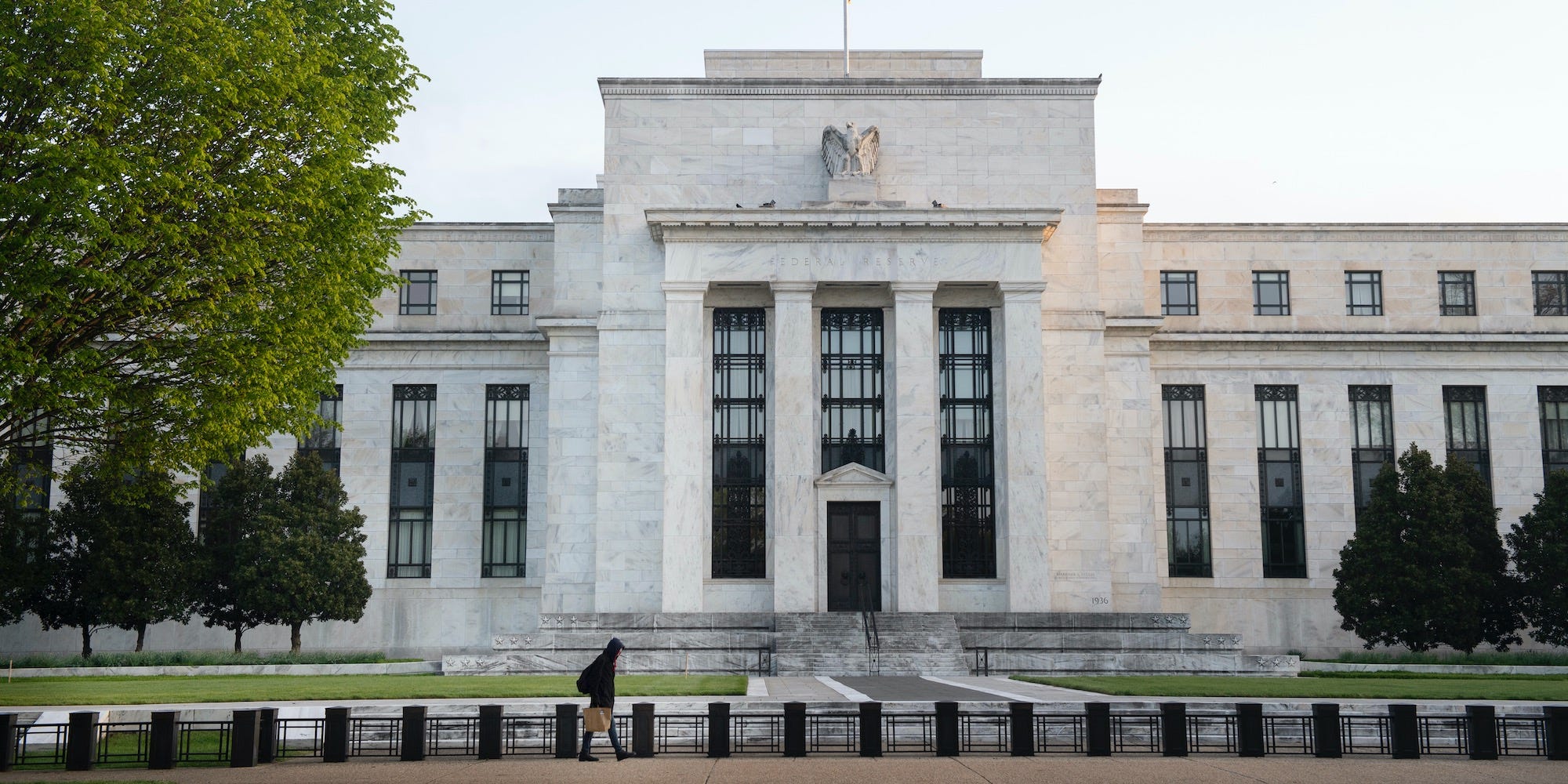- Federal Reserve officials called for detailed forward guidance and mulled additional policy tools during their June meeting, according to minutes released Wednesday.
- Policymakers expect “highly accommodative monetary policy” to last “for many years” until the economy poses a robust recovery.
- Central bankers agreed clearer forward guidance is “important” to effectively guiding markets and legislators through the rebound.
- Some officials called for guidance tied to inflation or unemployment goals, while others mulled forecasts hinging on specific time frames, the minutes showed.
Federal Reserve policymakers urged the central bank in June to issue more detailed forward guidance on its future policy actions.
Minutes from the Federal Open Market Committee’s June 9-10 meeting released Wednesday showed the central bank’s officials expect easing policies to last “for many years” until the economy largely recovers from the coronavirus-induced recession. In a discussion of the Fed’s asset purchase plans, several policymakers agreed that greater clarity around relief programs’ duration would ease markets and legislators through the US economic bounce-back.
“Various participants noted that the economy is likely to need support from highly accommodative monetary policy for some time and that it will be important in coming months for the Committee to provide greater clarity regarding the likely path of the federal funds rate and asset purchases,” the minutes said.
Officials were split on how to implement such forward guidance. Some indicated they'd prefer outcome-based guidance, in which inflation or unemployment goals dictate the pace and rolling back of easing efforts.
Other participants called for forward guidance tied to a specific time frame. Such forecasts set a specific date beyond which easing policies start to be reversed. The committee noted that time-based guidance "would be very challenging" due to the "substantial uncertainty" created by the coronavirus.
Despite the range of ideas on how forward guidance may be implemented, some view the June discussion as guaranteeing its future use.
"In short, unemployment and/or inflation-contingent or (less likely) time-contingent forward guidance on rates is coming," Ian Shepherdson, chief economist at Pantheon Macroeconomics said.
The FOMC voted in June to hold interest rates in a range of 0% to 0.25% and indicated additional policies including yield curve control were still under consideration.
This is a breaking story. Check back soon for updates.

